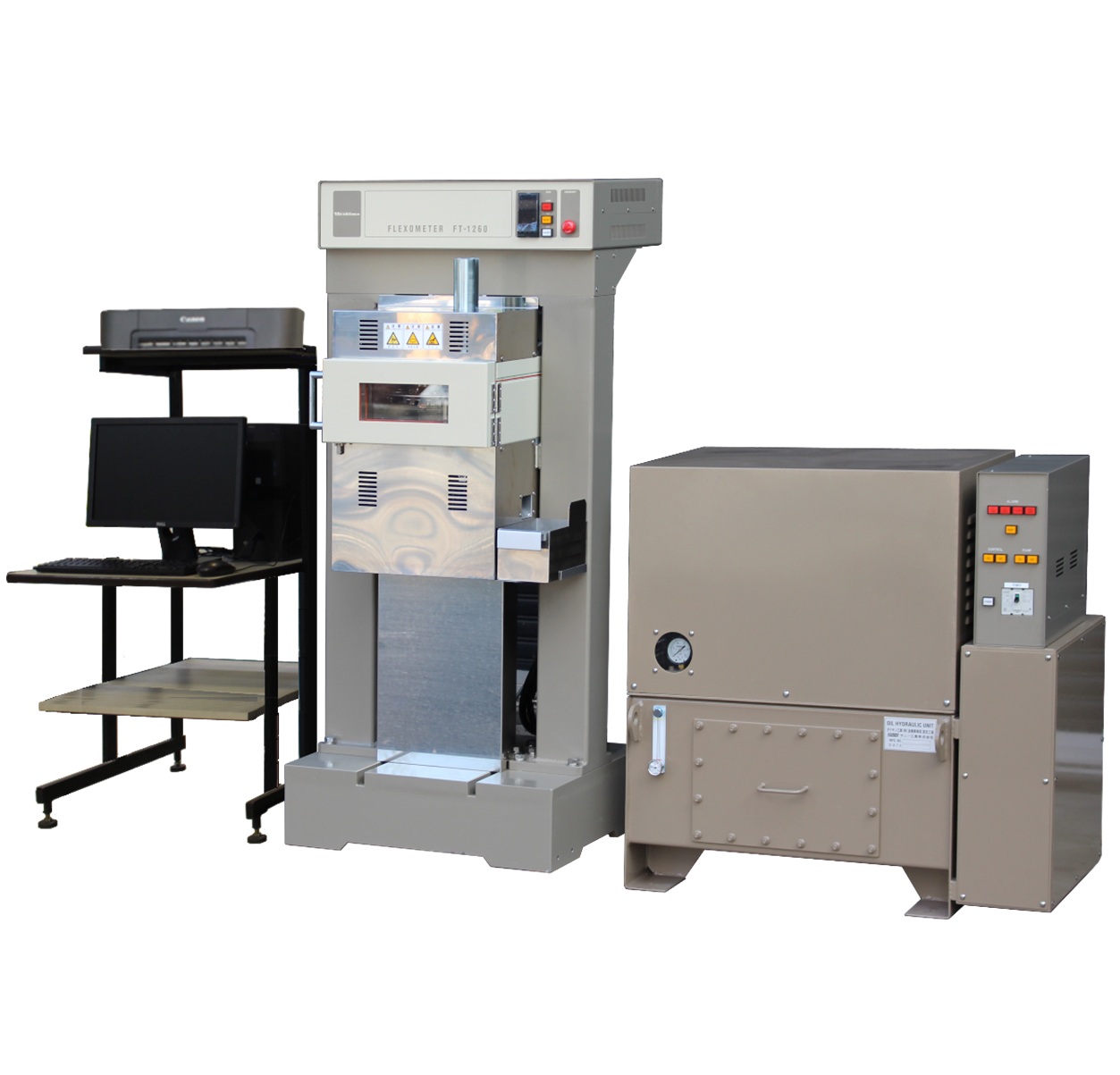ASTM D623
ASTM D623 – Rubber Property: Heat Generation and Flexing Fatigue in Compression

Constant-stress/strain flexometer
Purpose:
This standard specifies test methods for comparing the fatigue characteristics and heat generation rate of vulcanized rubber compounds when subjected to dynamic compressive stress.
Scope:
Applicable to vulcanized rubber compounds (excluding hard rubber). The results are used to evaluate the relative fatigue resistance and heat generation performance of different rubber materials, particularly in research and development applications.
1. Test Principle
Rubber specimens are rapidly compressed under cyclic loading, resulting in internal heat buildup due to internal friction.
The measured parameters include:
- Temperature rise (ΔT) until equilibrium or within a fixed period,
- Compression set or dimensional change,
- Time to fatigue failure (internal cracking or fracture).
2. Test Methods
Method A – Goodrich Flexometer - Equivalent to ISO 4666-3 – Constant-strain type flexometer
- Based on high-frequency compressive oscillation (≈30 Hz) with a specified static load.
- The temperature rise at the base of the specimen is measured by a thermocouple.
- Evaluates the material’s heat generation, stiffness, and residual deformation.
- Cylindrical test specimen: Ø17.8 mm × 25 mm.
- Testing may be conducted at room temperature or in an oven at 50 °C or 100 °C.
Method B – Firestone Flexometer - Equivalent to ISO 4666-4 – Constant-stress type flexometer
- The specimen is compressed and oscillated rotationally (≈13.3 Hz).
- Measures the time until a specified reduction in specimen height or the onset of fatigue damage.
- Test specimen: truncated rectangular frustum.
3. Equipment and Test Conditions
- Oscillating compression tester (flexometer) equipped with heating and temperature measurement systems.
- Test temperatures: room temperature, 50 °C, or 100 °C.
- Each test uses at least three identical specimens.
- Results are comparable only between specimens of identical dimensions and tested under identical conditions.
4. Results and Reporting
The test report shall include:
- Test method used (A or B)
- Ambient and base temperatures
- Load and oscillation amplitude
- Duration of test
- Temperature rise (ΔT)
- Compression set or height recovery
5. Significance and Application
Although there is no direct correlation between test results and actual service conditions, this test allows a relative comparison of the fatigue resistance, heat generation, and durability of rubber compounds used in tires, cushions, vibration isolators, and other components subjected to dynamic compressive loads.
Bình luận
Fanpage
